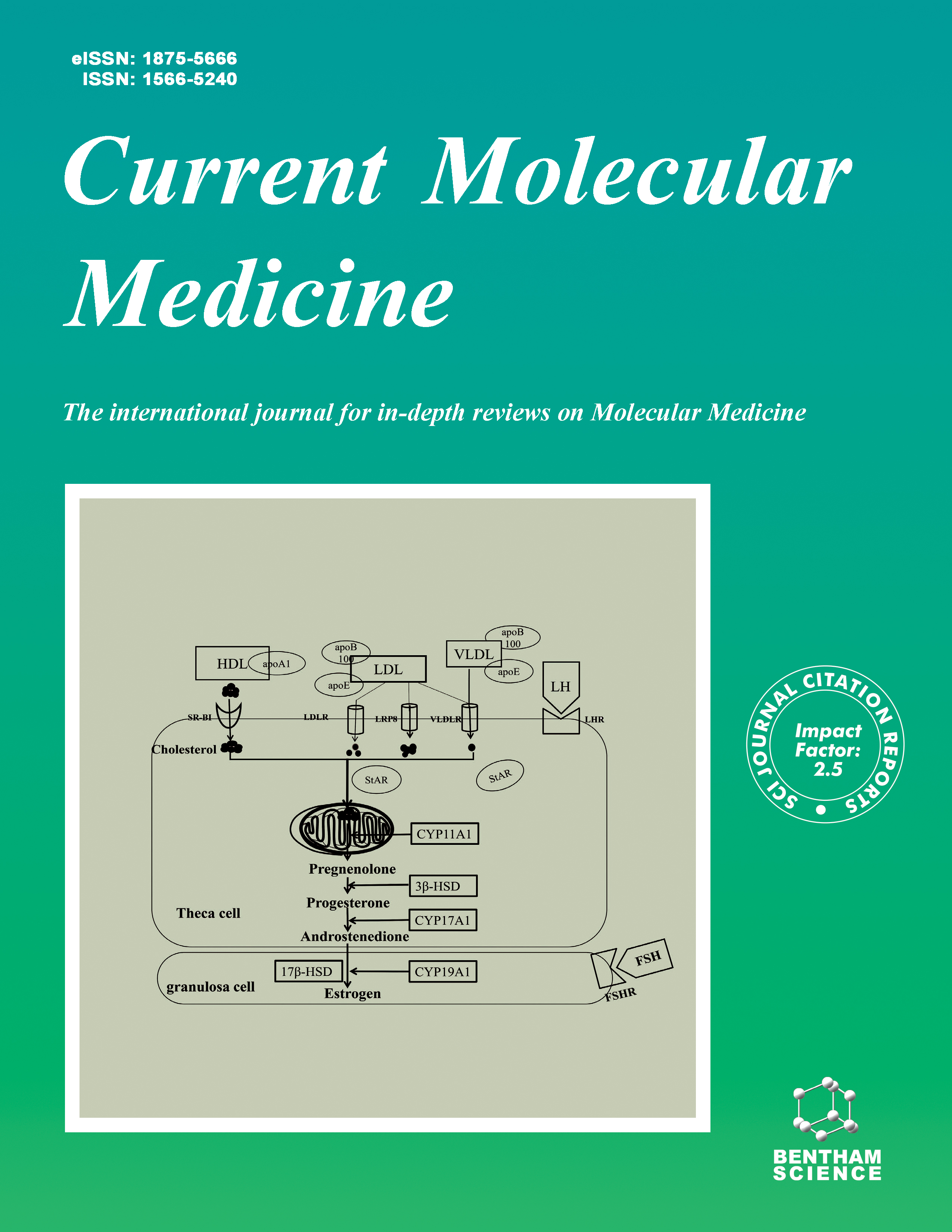
Full text loading...
We use cookies to track usage and preferences.I Understand
Non-alcoholic fatty liver disease is a globally prevalent disorder that can rapidly progress if not detected early. Currently, no accepted markers exist for early diagnosis and prognosis of NAFLD. This review describes derangement in major metabolic pathways of lipid, carbohydrate, and amino acids in NAFLD. It suggests that measuring levels of thrombospondin, TyG index, asymmetric dimethylarginine, LAL-A, GLP-1, FGF-21, and GSG index are potential markers for early diagnosis of NAFLD. A single marker may not indicate early NAFLD, and further large-scale studies on correlating levels of Thrombospondin-2, triglyceride-glucose index, and FGF-21 with NAFLD are warranted.

Article metrics loading...

Full text loading...
References


Data & Media loading...

